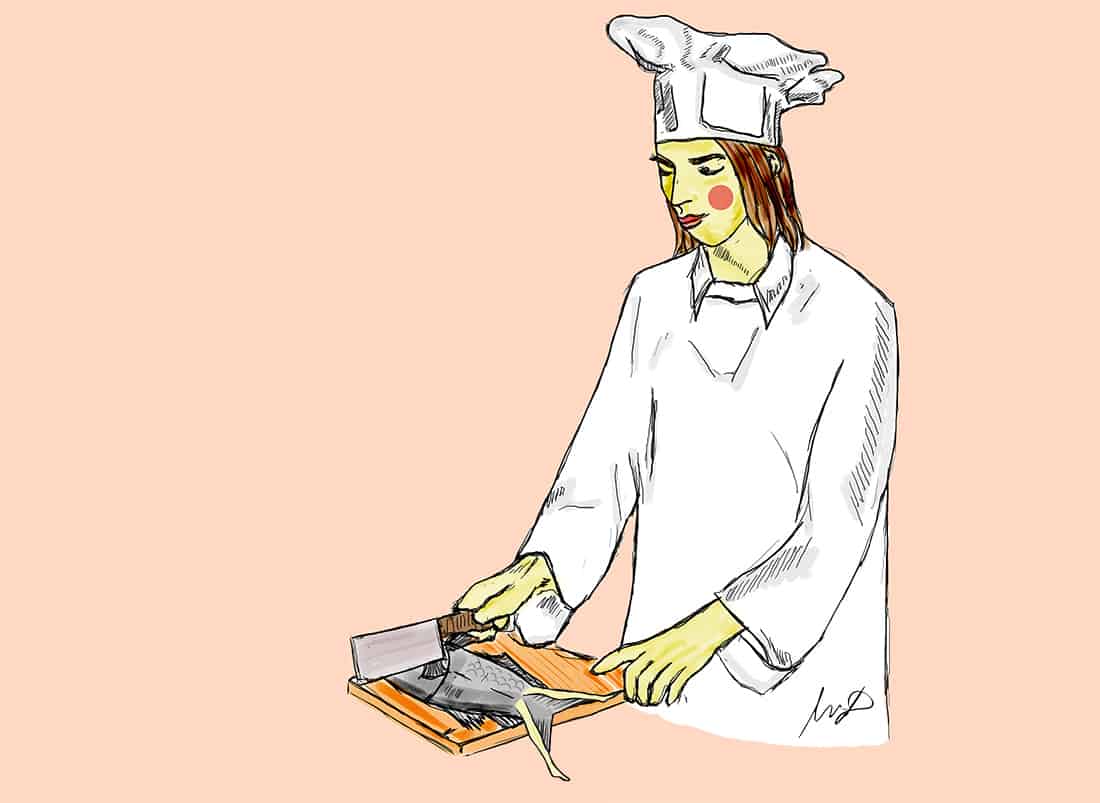Consumers around the world may find an unexpected addition to their fish dishes — microplastics. According to a study published by the International Maritime Organization (IMO), many commercial fish and shellfish contain small pieces of plastic.
These unwanted morsels are a direct result of pollution and put consumers at unknown risks.
Anyone who has spent a day at the beach is probably not surprised by the fact that plastics are making their way into our oceans, but the sheer volume of garbage is staggering. A 2015 study estimated that between 4.8–12.7 tons of plastic waste enter the oceans every year.
By some estimates there are 5–50 trillion microplastic particles in the surface oceans alone.
Many people associate microbeads with microplastics, but these synthetic exfoliants only account for an estimated one per cent of the microplastics floating in the oceans. Other sources of plastic range from the obvious bottles and bags abandoned on beaches to the more inconspicuous synthetic fibres from our clothes and tire dust from our cars.
Given the immense volume of plastic debris, it might not be so surprising that plastic has been found in the guts of dozens of fish species and in shellfish, including mussels and oysters.
Thinking of chowing down on some seafood with a side of plastic may be disturbing, but do not swear off salmon just yet. The research on this topic is just beginning, and nothing is known about how plastic contaminants in fish impact human consumers.
Dr. Chelsea Rochman, University of Toronto Professor and expert on microplastic pollution, emphasized rethinking what is in your waste bin, not your grocery bag.
“I think the take home message is not to think about it in terms of how you should change your diet but more in terms [of] how you might be able to change your consumer behavior around plastic in general… I think it shows that mismanagement of our waste has come back to haunt us on our dinner plates because we are part of the connected food web in the ocean,” Rochman explained.
She suggested making sustainable consumer choices, participating in beach cleanups, and voicing concerns about harmful products to politicians.
An ocean of unknowns
The IMO authors describe the study of microplastics as being “in its infancy.” There remains ample work to be done on the potential impacts of plastic pollution on food security and safety.
For example, aquaculture may increase the risk of exposure since plastics are used in the containment of fish and can break down and be ingested.
Half of all global fish production comes from aquaculture. Further research could help us determine if using different materials for aquaculture infrastructure would help mitigate the risk of microplastics in commercial fish and shellfish.
There are only a handful of studies on the impact of microplastic ingestion on fish health, but researchers have found evidence of disrupted development and liver stress. A critical gap in our knowledge is how ingested plastics impact the fish tissues which humans consume and what the subsequent effects on human health are.
Shellfish are usually eaten in their entirety so they may pose a greater risk given that anything they ingest can be passed directly to the human consumer.
Finding a piece of plastic in the gut of a fish you brought home for dinner will have a very high ick factor, but likely more dangerous are the plastics we cannot see. Nanoplastics, less than 1,000 nm, could move from digestive tracts into the bloodstream.
Possibly more dangerous than the plastic themselves are the pathogens and contaminants that adhere to them. Rochman describes nanoplastics as the next frontier in plastic pollution research.
Coastal communities have an important role in keeping plastic waste out of the oceans. Here in Toronto, we may be far from marine environments, but Lake Ontario is right at our doorstep. Upcoming research in the Rochman lab will focus on the impact of microplastic pollution on sport fish in North American waters.
While we wait for more research, we can all help fish, ecosystems, and ourselves by reducing and reusing plastic products, making good consumer choices, and picking up litter. As Rochman said, “All drains lead to the lake.”


